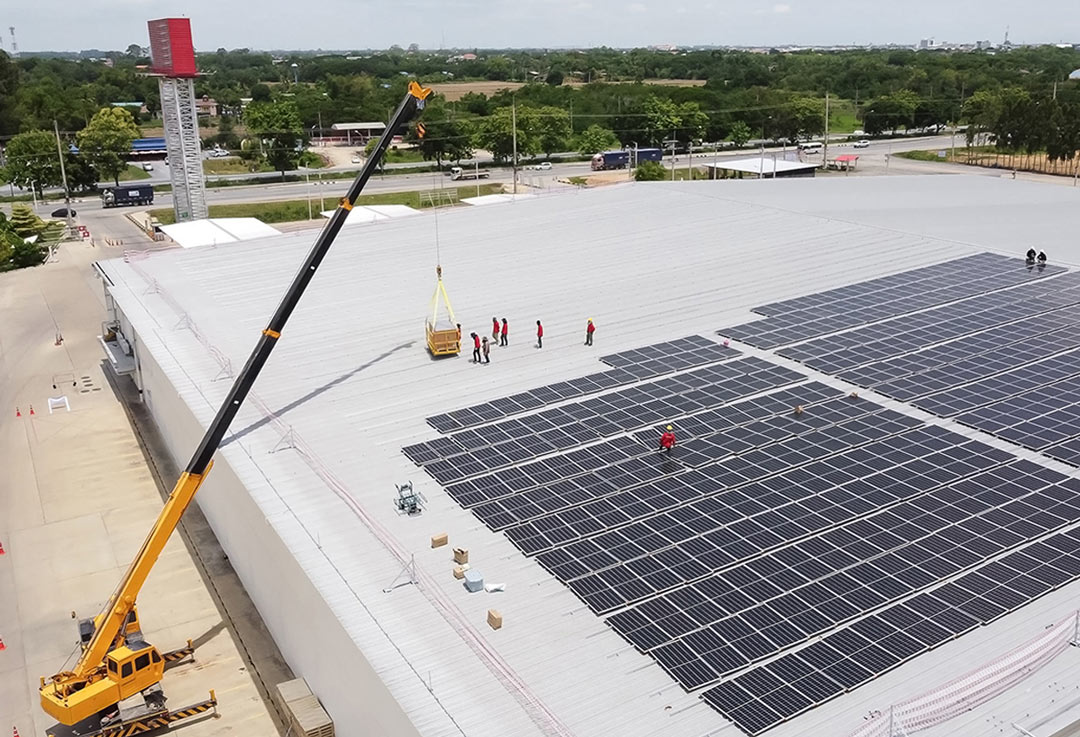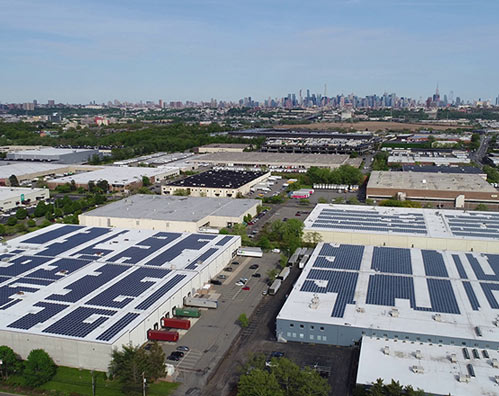COMMERCIAL SOLAR
We provide the full scope of work your solar power integration at every stage. We design a custom made system for you which includes: engineer, designing, building, budge options, operating, and maintaining solar photovoltaic (PV) installations.

CONSULTING & MASTER PLANNING
We provide consulting services for companies at all stages of their sustainability journey, including:
- Data interpretation and collection of data in real-time.
- Monitoring of energy production on a consistent basis.
- Critical as well as non-critical repairs.
- Analysis of trends and KPIs in order to ensure continuous improvement.
- Selection of specific key performance indicators to minimize cost while delivering the best possible system performance in the face of varying conditions.
- Management of inventory, and spare parts.
- The tracking of solar power generation logs and updating document service histories.
- Optimization of balance between yield, cash flows, and costs of scheduled maintenance.
- Remote or on-site sensing of the various environmental conditions impacting the PV system being maintained.
- Assessment of components and inverters to ascertain whether they have to be repaired or restored.
- Identification of safety issues.
Our approach to master planning combines modern data analytics so you can make the most informed decisions about investing, optimizing, and preparing for your future.

ENGINEERING AND CONSTRUCTION
Think.Solar assists commercial and institutional clients achieve maximum energy savings while providing the capital appreciation for their buildings.
We use two primary mounting methods for PV systems on commercial building roofs:
Ballasted Racking – Uses heavy weights, typically concrete blocks, to anchor PV systems on a flat roof. This method is simple to install, but applicable only for flat roofs that are capable of supporting the ballast weight.
Attached Racking – Uses roof penetrating hardware to mount PV systems on any type of roof. There are many types of attached racking systems for different applications. The number of required roof penetrations will depend on the roof structure, PV system design, and local building codes.
